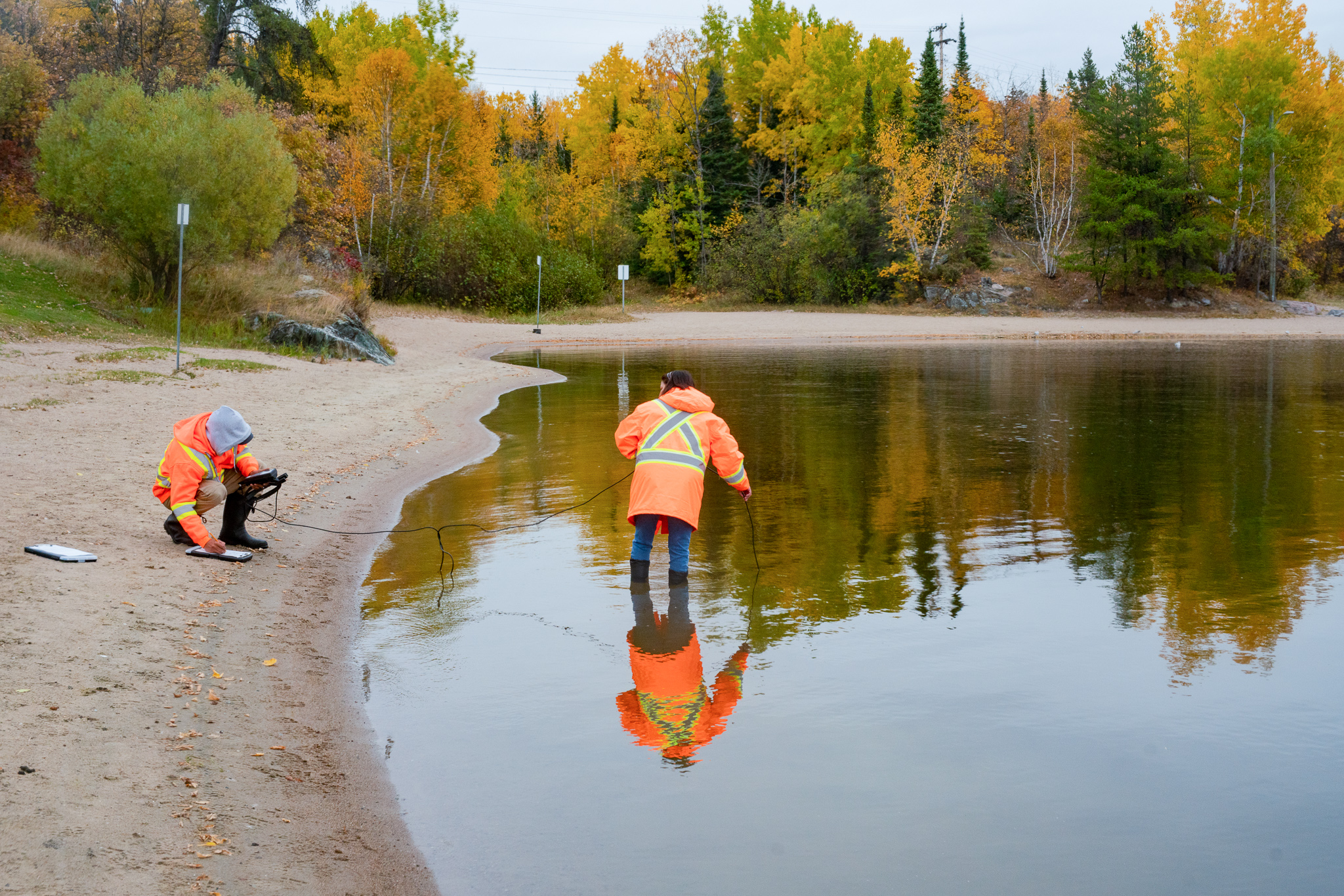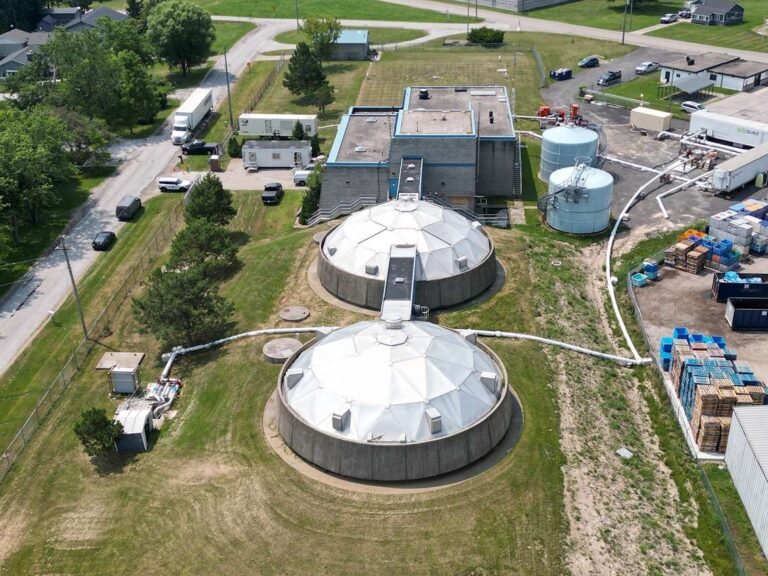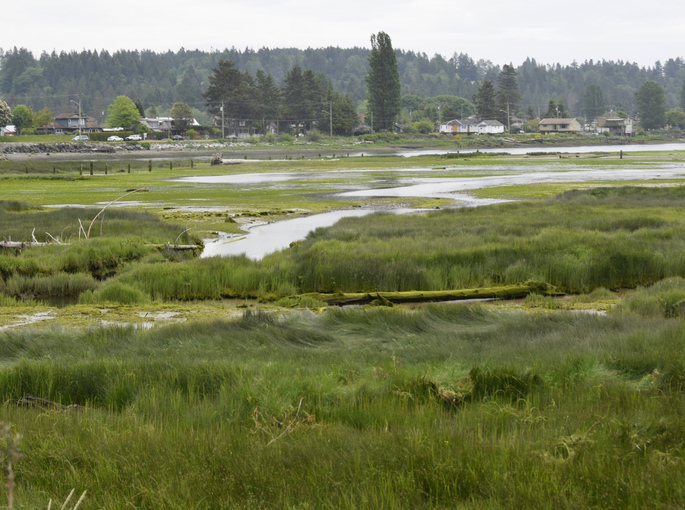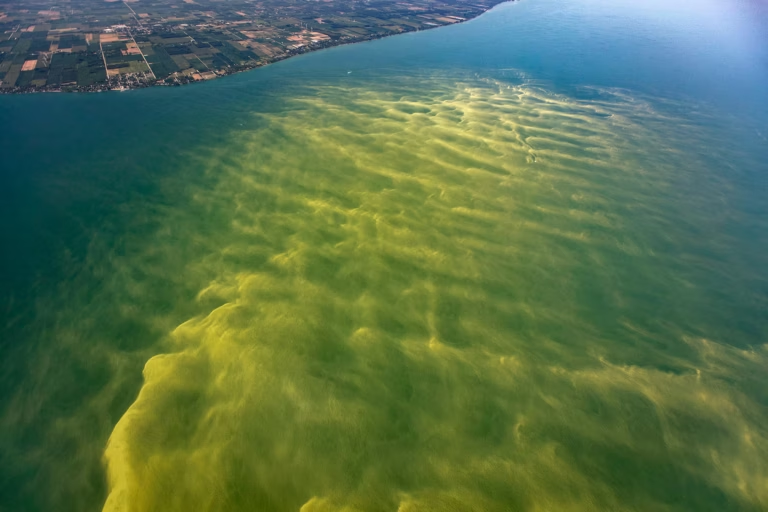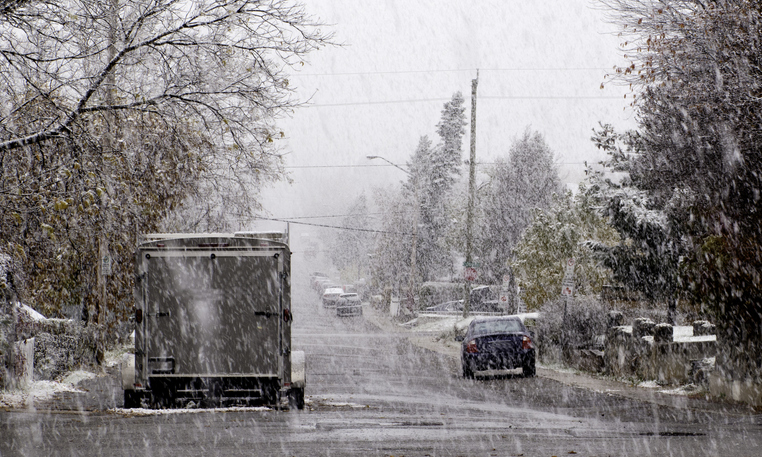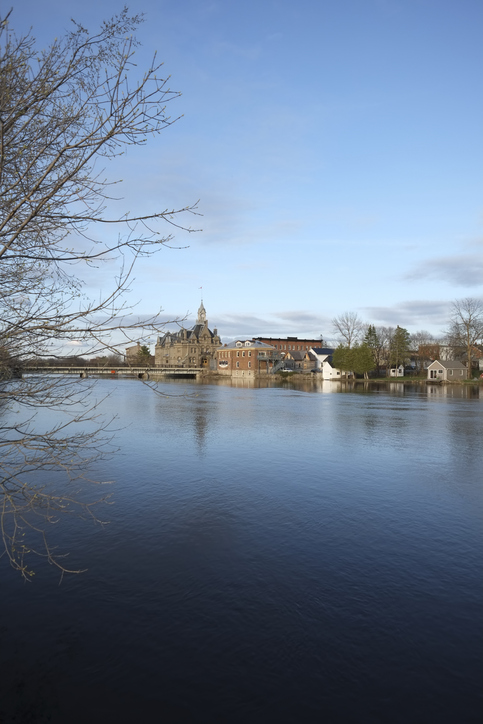How a resilient group of young Indigenous water treatment interns became new water treatment plant operators despite 2020 challenges.
At the Ontario First Nations Technical Services Corporation’s water symposium in 2018, Water First’s executive director, John Millar, was delivering a talk about a water treatment training internship with seven First Nations communities on Manitoulin Island. Phil Tangie, Bimose Tribal Council’s water hub manager at the time, stood up from his chair in the audience and asked Millar, right there and then, when Water First might begin working with his Tribal Council.
Since then, Bimose Tribal Council and Water First have been on a journey together, co-delivering a water treatment plant internship program and supporting young Indigenous adults from 10 First Nations in the region to become operators in training. Despite the difficulties presented by the COVID-19 pandemic, and through many other challenges that have required great perseverance and resilience, 73 per cent of our interns have become operators in training to date. These new trainees are working with Bimose Tribal Council’s technical services department to address shortages in water treatment plant coverage and build capacity for people across 10 Anishinaabe communities in Northwestern Ontario.
Water First team members sat with members of Bimose Tribal Council’s technical services department to discuss their unique model, and the impact that the internship has had on communities. Wayne Holmstrom, overall responsible operator, Aaron Henry, operator in charge, and Adam Peacock, technical services officer, work closely together to service communities in what they call a hub model: a centralized system of support for water treatment plant operators in each of the Tribal Council’s communities. They have been working closely with our interns to train them—as well as depend on them. Here is what they had to say.
Water First: Can you describe your hub model of providing water treatment plant services to communities and how interns have been involved?
Wayne Holmstrom: Launched four years ago, our vision was to provide a safety net for water treatment plant operators in member communities, and a local hub operating under the Tribal Council to offer a network of communication for plant operators to call on, and bounce issues off of, each other. The hub speeds up response times and advances knowledge for everyone across the board.
Interns faced many different kinds of situations working with the hub team, from a problem with a pump in one community, to dealing with frozen lines in another, and even helping one community with a temporary solution for getting water while its plant is being built. With these communities depending on the hub for parts, assistance with troubleshooting, and emergency response, our operators are working beyond capacity. Without our interns, operators would be overloaded. We count on interns to carry actual workloads, and they catch on quickly.
Water First: Can you talk about the water treatment plant internship curriculum?
Aaron Henry: The hub team helps with the direction of operators in different communities—to prep them for licensing, to work on upgrades once communities have made capital investments, and to get up to speed on different challenges that are happening. Every plant is unique and troubleshooting for each plant is different; there are a lot of variables in the equipment and upgrades. The interns work with us in all of these areas, as well as assisting operators with day-to-day operations response and support for communities, including daily bacterial testing. Adam Peacock, our technical services officer, has been doing a tremendous job providing guidance to interns on hands-on training and completing assignments.
Water First: How has the internship program benefitted interns, communities, and Bimose Tribal Council?
Adam Peacock: A benefit to the interns is that their training opens up the opportunity for them, as operators, to take their level-one training anywhere. For the operator-in-training (OIT) course, 10 interns received entry-level OIT certification and we hope that all interns will achieve the same.
Aaron Henry: The Water First team has been phenomenal, meeting and recognizing the extra-support needs of interns, such as flexibility in childcare scheduling—even reaching out personally to interns that may have had challenges with the material or attendance. The team understood and participated in some cultural aspects of the program, such as water ceremonies. They have been supportive in ensuring our perspectives are included in the program. Another really important advantage has been having women in the group. Traditionally, women in our culture are water stewards. Having two women in the internship, and women in the water field, prepares our communities for success in safeguarding the future, and this is invaluable to what it means to people in general.
Wayne Holmstrom: Having young students be interested in water has created a support system. As a result of interns understanding other communities’ plants and different systems, they rely on one another and their communities are there for each other. It has been great to see friendships built.
Water First: What is your vision for the future of the program?
Wayne Holmstrom: We are hoping to work on wastewater in the future—it is a lot harder than drinking water to treat.
Aaron Henry: There are some operators that have been in their roles for 15 years. It would be nice for them to begin work in wastewater too.
Concluding thoughts
The Water First team is incredibly proud of the stamina and innovation the interns have shown throughout the pandemic. Compounded by the COVID-19 pandemic, unique challenges have become even more difficult, yet our interns have collaborated to ensure the completion of their training.
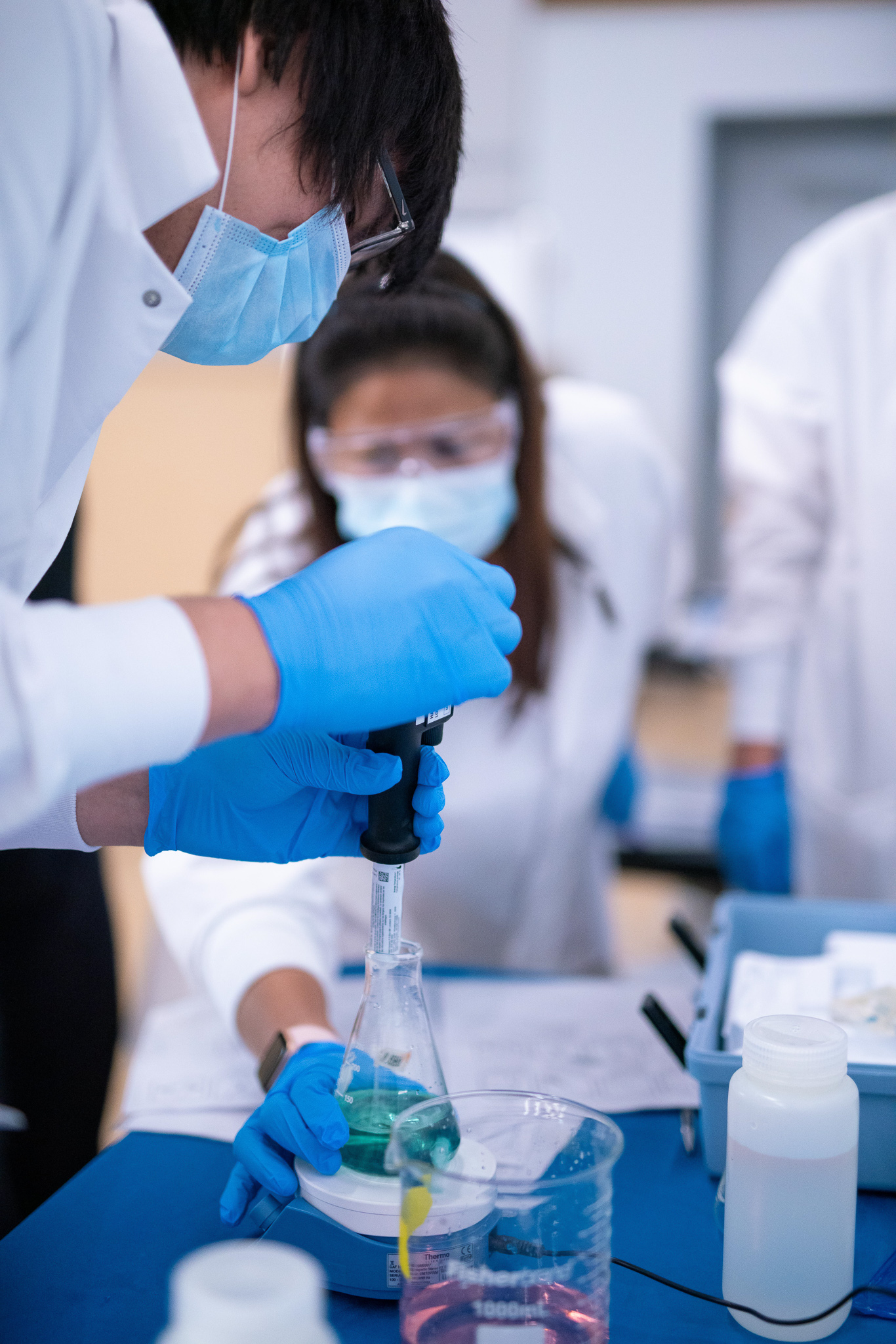
They have had to pivot some of their training to an at-home, online program, and blended with experience inside the treatment plants in reduced group sizes, they have also had to be very diligent in taking precautions against the spread of COVID-19.
They have risen to the challenges of addressing day-to-day operations, response, and support. They have proven to be quick learners and have been an important part of relieving some of the added stressors that the pandemic has caused in many communities. They persevered and pushed through despite, at times, not being able to see their families.
It is because of this group that the internship continues. The accomplishments of our interns-turned-trainees, achieved through determination and creativity, has been one of our favourite success stories of 2020. As illustrated by one of our interns and future certified water treatment plant operators, Georgina McLeod from Wabigoon Lake Ojibway Nation, our interns are also finding the program relevant and valuable.
“I so love the Water First training program,” said Georgina. “I will work and study hard to make all of the team proud and [so] that your hard work and dedication was—and is—successful in all of us obtaining our certifications. Thank you for everything. I so much gratefully appreciate it.”
About the Bimose Tribal Council Internship
Bimose Tribal Council formed in 1983 and is owned and operated by nine First Nations communities located between Kenora and Dryden. Each is diverse with unique needs, some of which include water issues. The Bimose Tribal Council internship was announced in March of 2020, when it was anticipated that each intern would accumulate 1,800 hours of on-the-job experience in water treatment plants, which is a requirement for them to become entry-level operators. Through the 18-month program, interns would also pursue their water quality analyst certification.
This article was written by Jen Atkinson, the director of operations at Water First, for the May/June 2021 issue of Water Canada.
Header image credit: Ryan Osman.

